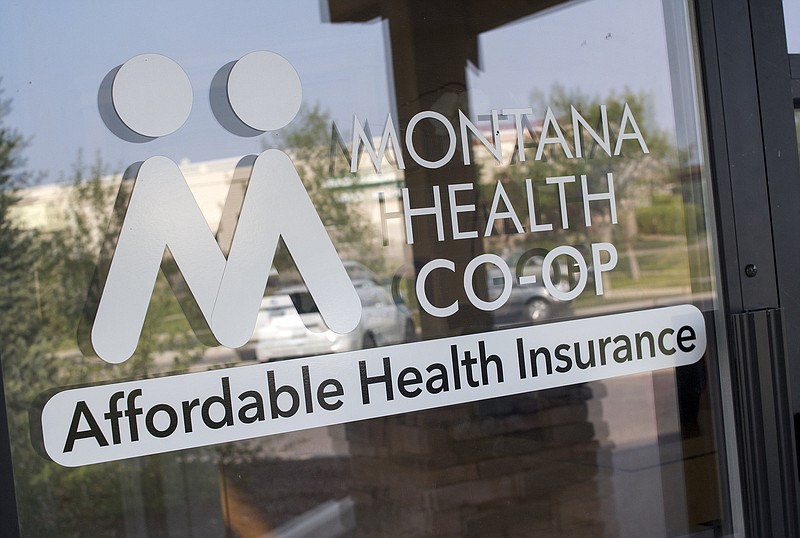HELENA, Mont. (AP) - Montana's health care co-op, one of America's few remaining alternatives to traditional health insurance, will resume accepting new enrollees today after it voluntarily pulled itself from the state's insurance marketplace in December.
The insurer took the nine-month hiatus from enrolling new members in the exchange created by President Barack Obama's Affordable Care Act to boost its financial reserves and keep it from the same fate that has befallen failed co-ops across the country.
The program was among about two dozen privately run health co-ops that sprang up across the country following the 2010 passage of the Obama administration's health care law. They provided medical coverage with premiums far lower than plans offered by traditional health insurance companies.
But within two years, half of the programs quietly folded - undermined by political attacks, financial miscalculations and the volatility of the health insurance marketplace. Just four remain - in Montana, Wisconsin, Maine and New Mexico. Earlier this week, Massachusetts officials placed the Minuteman Health co-op in receivership.
The Montana Health Co-op, which also serves customers in neighboring Idaho, temporarily suspended new enrollment in Montana because of worries that it was overextending its resources and heading toward insolvency.
"When all the other co-ops were going down, we were losing money, too," Jerry Dworak, the Montana Health Co-op's CEO, said. "Thankfully, we've turned things around."
This year, the co-op is projecting $28 million in profits, after weathering a string of losses. It lost about $6 million in its first year and more than $40 million the following year, Dworak said.
So confident is the co-op about its financial health that Dworak said it has the capacity to absorb all 64,000 Montanans who buy their insurance through the state's exchange. It now enrolls about 20,000 people who purchase individual plans on the exchange. Blue Cross and PacificSource, the other two providers on the exchange, have nearly 32,000 and 12,000 enrollees respectively.
State Auditor Matt Rosendale, whose office oversees Montana's health insurance market, said he has no immediate concern over Montana's co-op.
"Right now they are very strong, and I feel very comfortable," Rosendale said.
But Rosendale, who recently announced a bid for the U.S. Senate, said the millions of dollars in federal loans that co-ops have used as seed money could be better used, and he doubts that the Montana co-op will be able to repay the $85 million in loans it has gotten under the Obama health care law.
Political and financial volatility in the country's health care system has prompted a further surge in premiums. In Montana, all three of the insurance plans participating in the exchange announced hikes in premiums, with Blue Cross Blue Shield of Montana announcing an average increase of 23 percent. PacificSource is looking to bump its premiums by an average of 7.4 percent, while the co-op's premiums are expected to rise on average by 4 percent.

